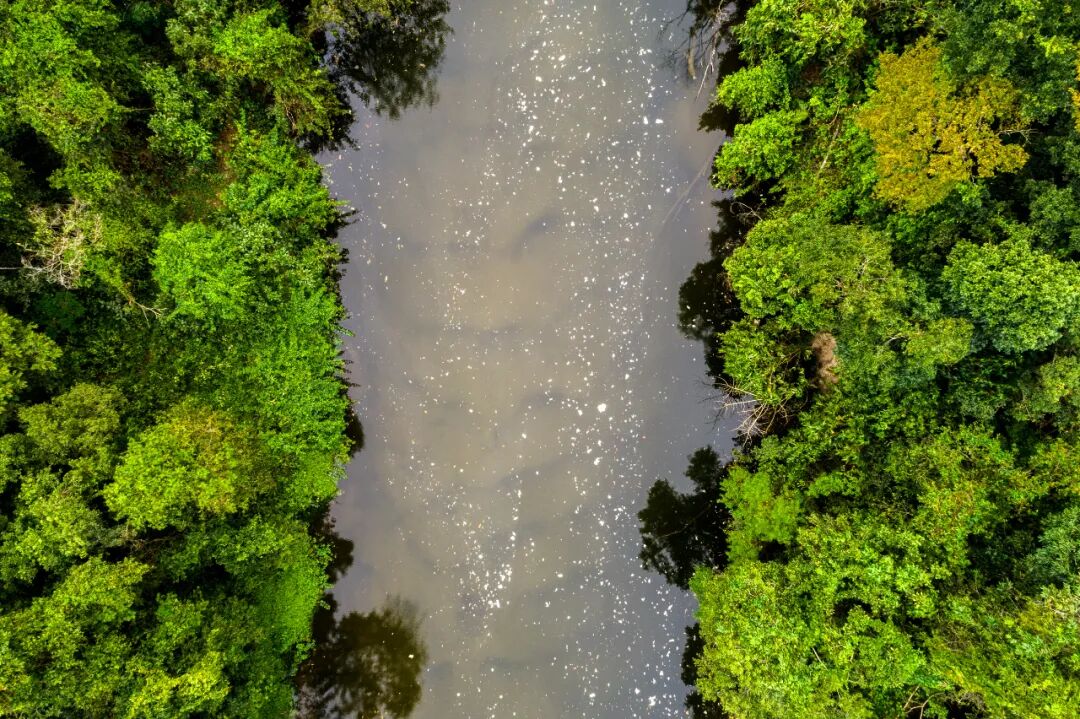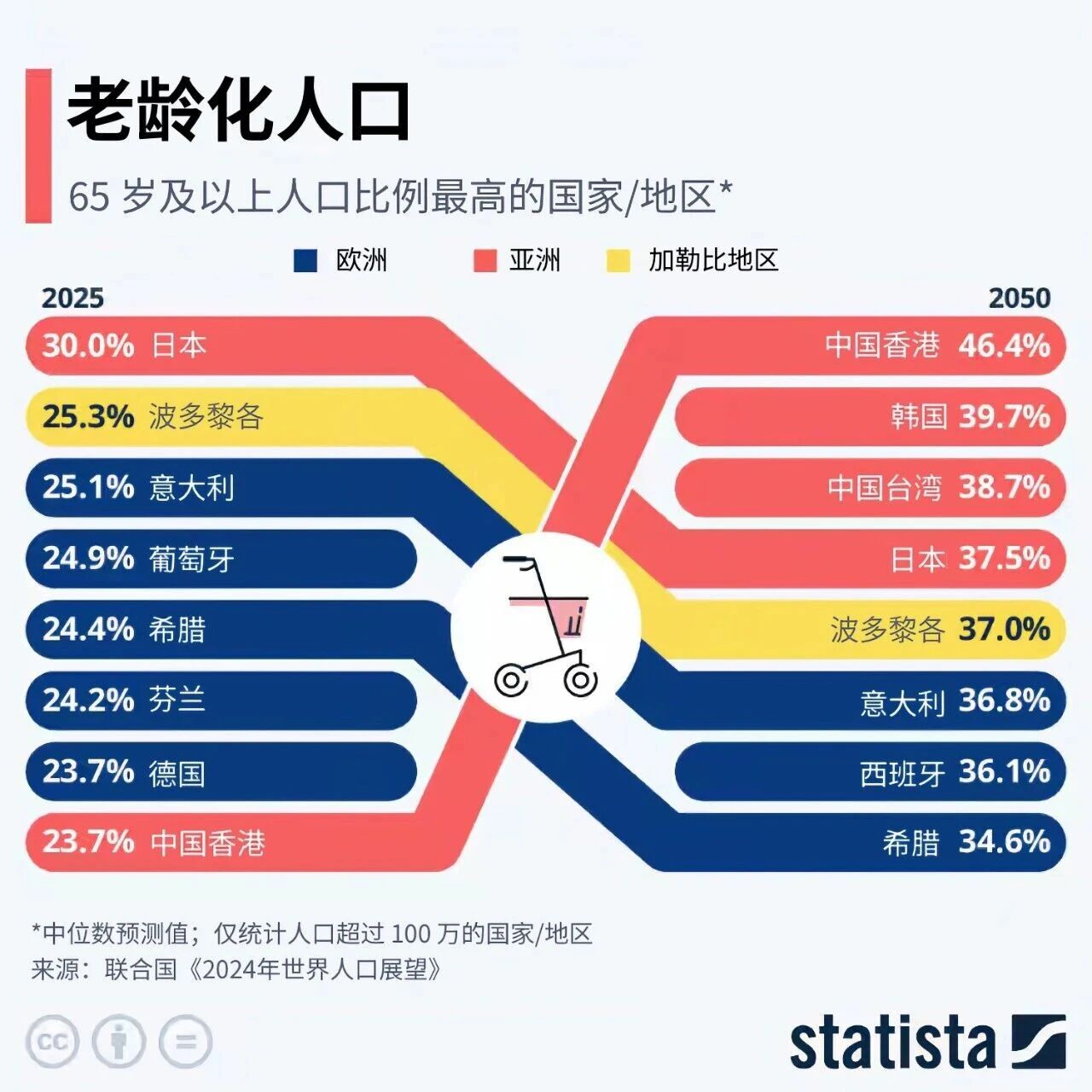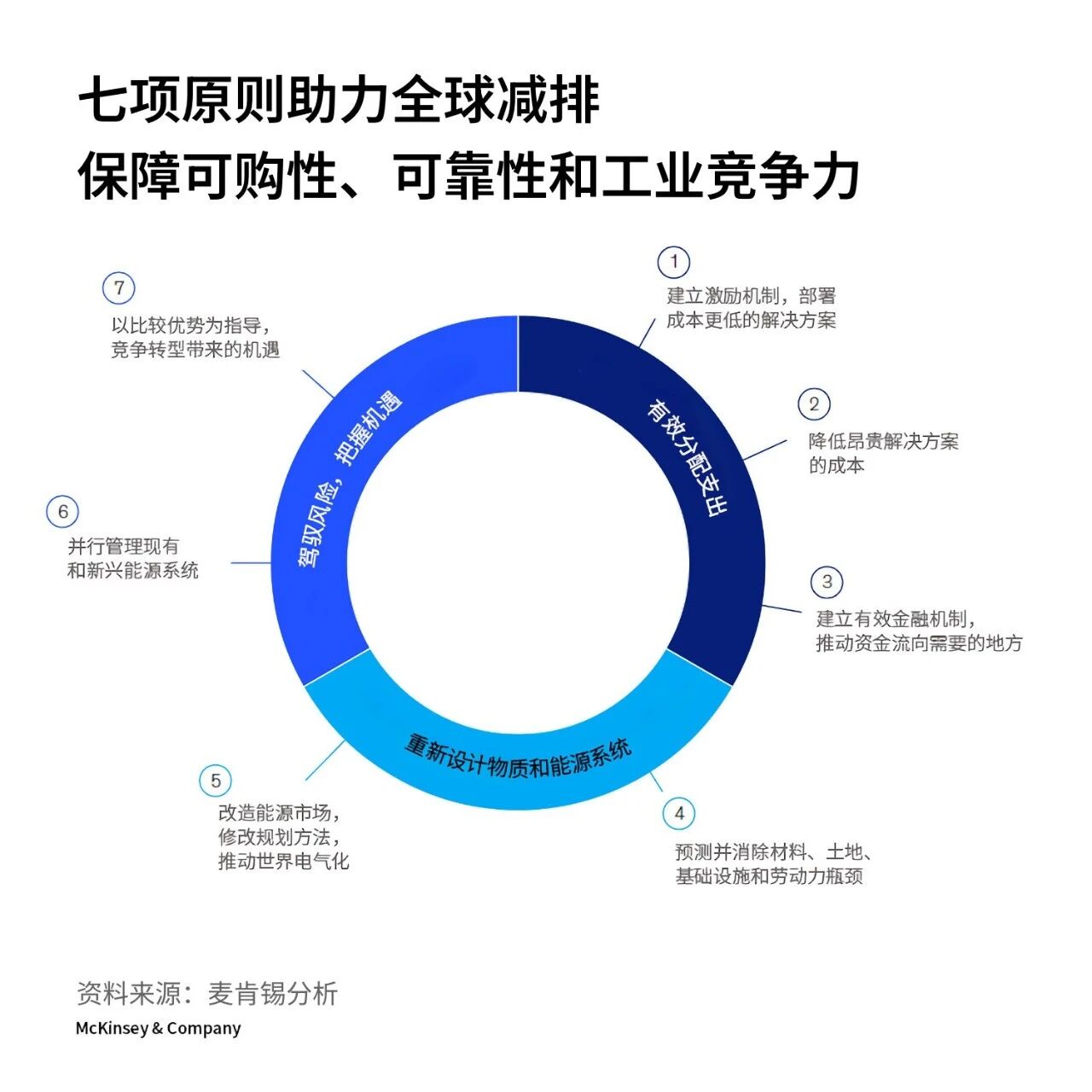In addition to climate change, land-use changes in places like the Amazon also impact the resilience of water resources.
Image source:Getty Images/gustavofrazao
Johan Rockström
Director of the Potsdam Institute for Climate Impact Research (PIK)
Tania Strauss
Global Head of Food and Water at the World Economic Forum
The global water crisis, driven by land-use changes and climate change, is impacting economies, societies, and the planet as a whole.
A recent report released by the Global Water Economics Commission outlines how this could jeopardize the world's freshwater supply—and offers insights on strengthening water resource resilience.
World leaders must integrate freshwater conservation into discussions about funding climate action.
The global water crisis is escalating, disrupting the balance of the water cycle and profoundly impacting economies, societies, and the planet. This is evident in the increasingly frequent and devastating droughts and floods—clear local manifestations of an unstable hydrological cycle.Nearly half of the rainwater that falls on land originates from land itself, not from the ocean. Green water—water stored in ecosystems, primarily as soil moisture and vegetation—is a key source of this rainfall. As a result, in addition to climate change, changes in land use also significantly impact the hydrological cycle. In fact, 14% of global deforestation is directly driven by the expansion of agricultural land.Food systems are also at risk, particularly since as much as 55% of global food crops are grown in regions where water reserves are steadily declining. Without access to irrigation, global grain production is projected to decline by 23%.Leaders of all nations must recognize the need to act, prioritizing, managing, and governing the water cycle as a global common good to build water resilience.The Global Water Economy Commission, supported by the World Economic Forum, recently released a report titled "The Economics of Water: Recognizing the Hydrological Cycle as a Global Public Good," unveiling startling insights into the future of water resources. These seven key findings will prompt you to rethink how the world views and manages its most critical resource—and how we can build greater resilience in the face of escalating water-related risks.1. Climate change is worsening water scarcity.The hydrological cycle is closely linked to climate change. For every additional degree of global warming, the atmosphere's ability to hold moisture increases by 7%. This rise in temperature can trigger extreme heatwaves, further drying out the land. And when soil becomes parched, it can no longer sustain ecosystems that absorb carbon—instead, it creates conditions ripe for wildfires. Together, these factors are transforming some forests from carbon sinks into carbon sources.According to forecasts, freshwater supplies in some regions are expected to decline by 30% due to altered precipitation patterns and extreme weather events driven by climate change. This could significantly worsen already strained water shortages in these areas and further destabilize surrounding communities.This stark reality calls for action at COP29 to integrate climate and water resource policies, safeguarding the most vulnerable regions from the looming threat of water scarcity. Protecting natural habitats to maintain soil moisture should become an integral part of every country’s nationally determined contributions.2. The economic cost of inaction is enormousBy 2050, water scarcity could lead to GDP declines of up to 6% in certain regions—particularly those already facing arid climates or heavily reliant on water resources for agriculture and energy production. Without the implementation of improved water management policies, regional GDPs could suffer losses of 2% to 10% by mid-century. In 2022 alone, global economic losses from natural disasters reached as high as $275 billion, with water-related disasters accounting for a significant portion of this figure.The combined impact of shifting precipitation patterns, climate change leading to rising temperatures, declining overall water resources, and the lack of access to clean drinking water and sanitation means that, by 2050, high-income countries could see their GDP shrink by an average of 8%. Meanwhile, low-income nations may experience even steeper declines, with GDP losses potentially ranging from 10% to 15%.These staggering figures highlight the urgent need for investments in sustainable water resource management.3. Water is a key lever for climate resilience.Natural climate solutions, such as ecosystem restoration, can help buffer against extreme weather events and protect water resources while enhancing resilience to climate impacts. Restoring natural habitats not only helps retain soil moisture and mitigate climate change but also stabilizes the hydrological cycle. By improving water quality, reducing flood risks, and bolstering agricultural resilience, every dollar invested in building resilience is projected to yield economic benefits ranging from $7 to $30.Since COP29 is focusing heavily on climate adaptation strategies, it’s crucial to discuss the use of nature-based solutions to maintain soil moisture. This approach will help advance the triple agenda of mitigating climate change, safeguarding biodiversity, and stabilizing the water cycle—not to mention bolstering food security.4. Investing in the development of climate-resilient water infrastructureTo ensure sustainable and reliable water supplies amid climate change, investments in water infrastructure must double—reaching $1 trillion annually. Without these investments, the world will face a water crisis that could derail economic growth and exacerbate social inequality.But the funding gap is only part of the problem. More investment is also needed to protect freshwater resources, scale up innovation, and enhance water-use efficiency across agriculture, industry, mining, and other sectors.Now is the time to increase funding for infrastructure resilience and innovative water solutions.5. Effective water governance is crucial for climate security.Without cross-sectoral and cross-border coordination in water resource management, the water crisis will only worsen. More than 60% of freshwater resources—known as "blue water," found in rivers, lakes, and aquifers—span national borders, including 310 transboundary rivers and 592 transboundary aquifers.COP29 presents a critical opportunity to strengthen governance, ensuring that shared water resources are managed collaboratively and equitably—preventing conflicts while fostering sustainable cooperation.6. Collaboration will free up funds to tackle the water crisis.Only 1.4% of privately raised financing through development finance is allocated to the water and sanitation sector. The report by the Global Water Economics Commission underscores the urgent need to establish public-private partnerships that can mobilize resources and expertise, enabling effective water resource management.Engaging the private sector and fostering innovative financing mechanisms will help scale up solutions that enhance water security for all. Conditional incentives, as well as access to public procurement or support, can also drive more sustainable water and land management practices.7. Water-related disasters are becoming increasingly frequent.Over the past three decades, the frequency of water-related natural disasters—such as floods, droughts, and storms—has increased by nearly 30%. As climate change intensifies, the severity and occurrence of these events are expected to escalate further. In 2022, natural disasters caused global economic losses totaling $275 billion, with insurance payouts covering $125 billion of that amount.These growing risks highlight the urgent need to prioritize water resilience and disaster risk management, calling for the integration of early warning systems and sustainable water infrastructure to minimize economic losses and safeguard vulnerable communities.Building water resource resilience is time-sensitive.The "Economics of Water Resources" report warns that by 2030, nearly half of the global population could be living in water-scarce regions. Time is running out. World leaders must immediately adopt robust water management strategies to avert the worst-case scenarios.Ensuring access to clean water, improving water-use efficiency, prioritizing and managing the hydrological cycle as a global common good, and strengthening global water governance are all critical actions to build water resilience for the future.
The above content solely represents the author's personal views.This article is translated from the World Economic Forum's Agenda blog; the Chinese version is for reference only.Feel free to share this in your Moments; please leave a comment below the post if you'd like to republish.
Editor: Wang Can
The World Economic Forum is an independent and neutral platform dedicated to bringing together diverse perspectives to discuss critical global, regional, and industry-specific issues.
Follow us on Weibo, WeChat Video Accounts, Douyin, and Xiaohongshu!
"World Economic Forum"





